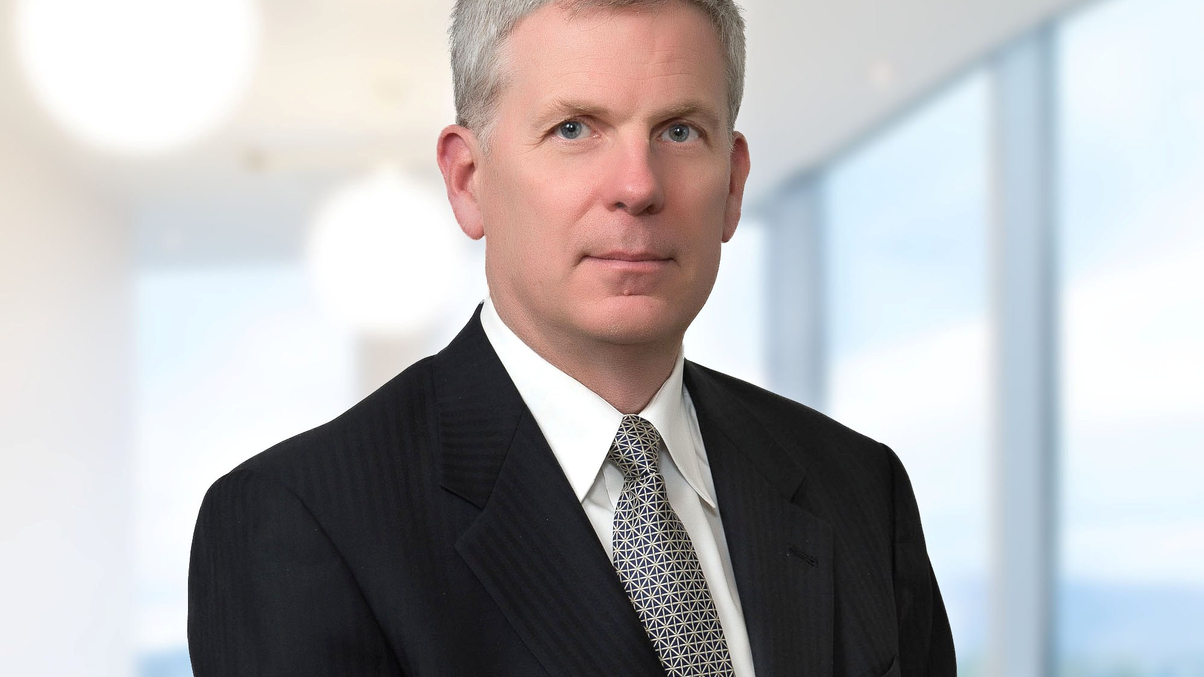Funds of hedge funds retool in bid for survival
Market participants say they can see more consolidation amongst funds of hedge funds, despite signs of stabilisation in the industry.

Funds of hedge funds are being seen as a broken model, with years of relatively low returns diminishing investors’ appetite for paying additional fees on top of that charged by traditional alternatives managers.
Sign In to Your Account
Access Exclusive AsianInvestor Content!
Please sign in to your subscription to unlock full access to our premium AI resources.
Free Registration & 7-Day Trial
Register now to enjoy a 7-day free trial—no registration fees required. Click the link to get started.
Note: This free trial is a one-time offer.
¬ Haymarket Media Limited. All rights reserved.


